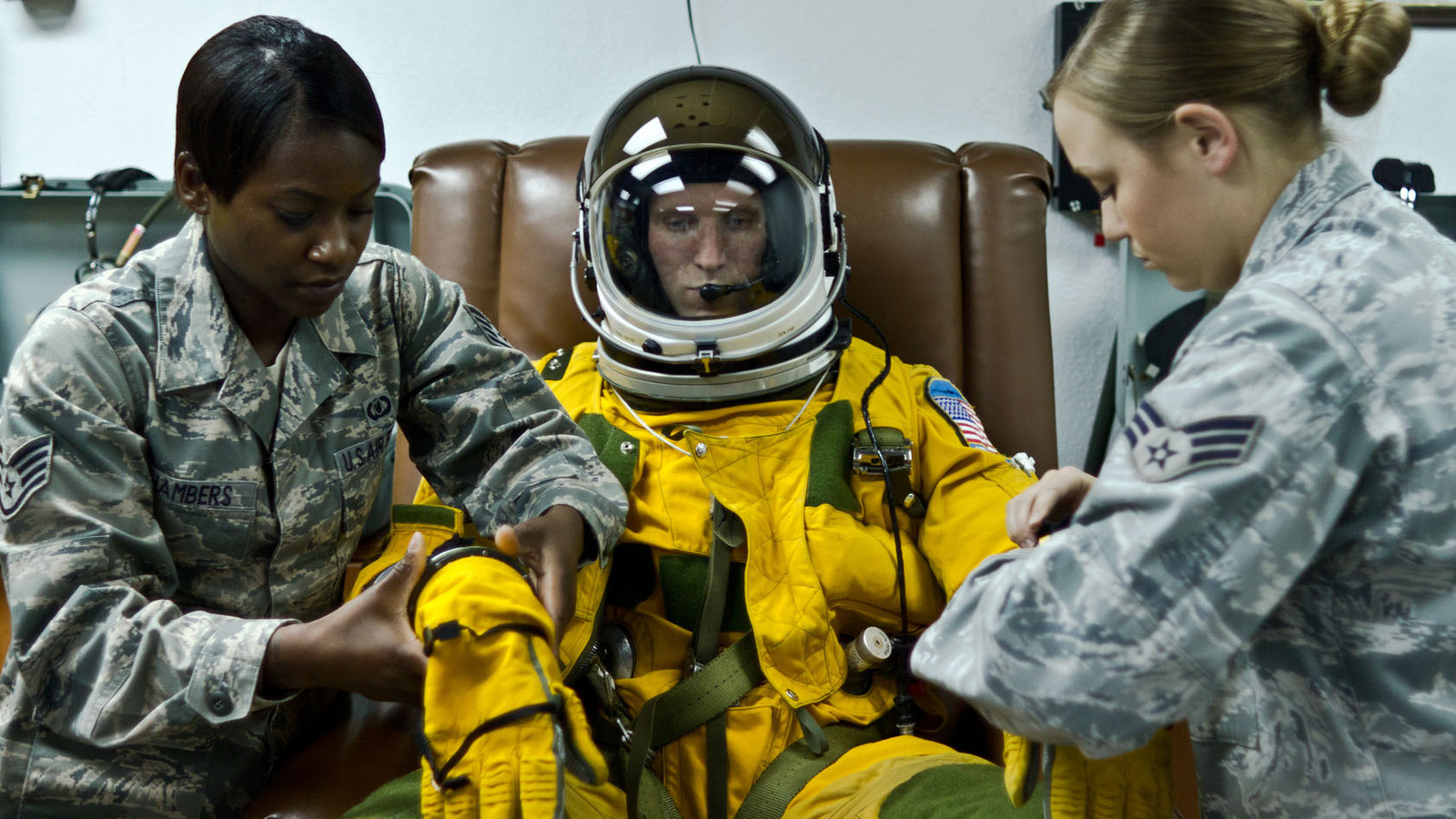
The infamous U-2 spy plane has been a part of our collective psyche since May 1, 1960, when the Soviet Union shot one down while flying a reconnaissance mission over its airspace. This event, which nearly plunged the two sides into World War III, occurred some four years after the first “Dragon Lady” (a nickname taken from a 1930s comic strip character) was launched in 1956. Considering it has been almost 70 years since the U-2 first took flight, it’s no surprise the Air Force is finally set to retire this legendary aircraft in 2026.
The specs for the Dragon Lady weren’t especially ridiculous, except for the fact that it possessed sailplane-like wings that allowed it to cruise at altitudes above 55,000 feet (over 10 miles) — all the better for spying. Later versions boosted that to over 70,000. By comparison, the cruising altitude for most passenger airplanes is somewhere between 30,000 and 40,000 feet, with cabin pressurization set at around 8,000 feet. The cabin of the U-2, however, is pressurized to 29,000 feet (roughly the same height as Mount Everest).
At such altitudes, pilots need to be protected, so they wear suits identical to those used by astronauts. The S-1010 full-pressure suit is a one-piece, zip-up design complete with an air pressure valve, special boots, gloves, and a locking ring around the neck to secure the astronaut-style helmet. It’s meant to keep the pilots alive should some catastrophic event cause the cabin to depressurize, in which case the nitrogen in their blood would boil, and death would follow.
Very bad things can happen at 70,000 feet
Part of a U-2 pilot’s pre-flight preparations includes being placed on 100% oxygen about an hour before launch to minimize the amount of nitrogen in the body as much as possible, thereby reducing the impact of decompression sickness (DCS). DCS occurs when nitrogen bubbles form in the blood and travel to joints or possibly even the brain or spinal cord.
Should the U-2’s cabin decompress, the full-pressure suit (which has been used as long as the plane itself) will inflate and keep the pilot at a safe pressurization altitude. It also protects against the extremely low temperatures encountered at high altitudes, which can reach a staggering minus 70 degrees Fahrenheit. It only takes about five minutes to dress a pilot, but since the suit is very delicate and costs up to $250,000, it requires three physiological support detachment (PSD) members (two technicians and a supervisor). PSDs also check it at least four times for rips, tears, or holes. According to Staff Sgt. Jason Aldeguer (PSD supervisor), they’ve “never lost a pilot due to a malfunction of the suit.”
The U-2 was conceived during a tumultuous time when the world was not only embroiled in the heart of the Cold War, but the two sides were simultaneously ramping up for what would become the Space Race. A year after the first U-2 began flying over the U.S.S.R., the Soviets launched Sputnik 1 and kick-started the race into space. Before being shot down in 1960, this classified plane — which is so difficult to land it requires a chase car to follow it down the runway – was utterly unknown to the general public.

